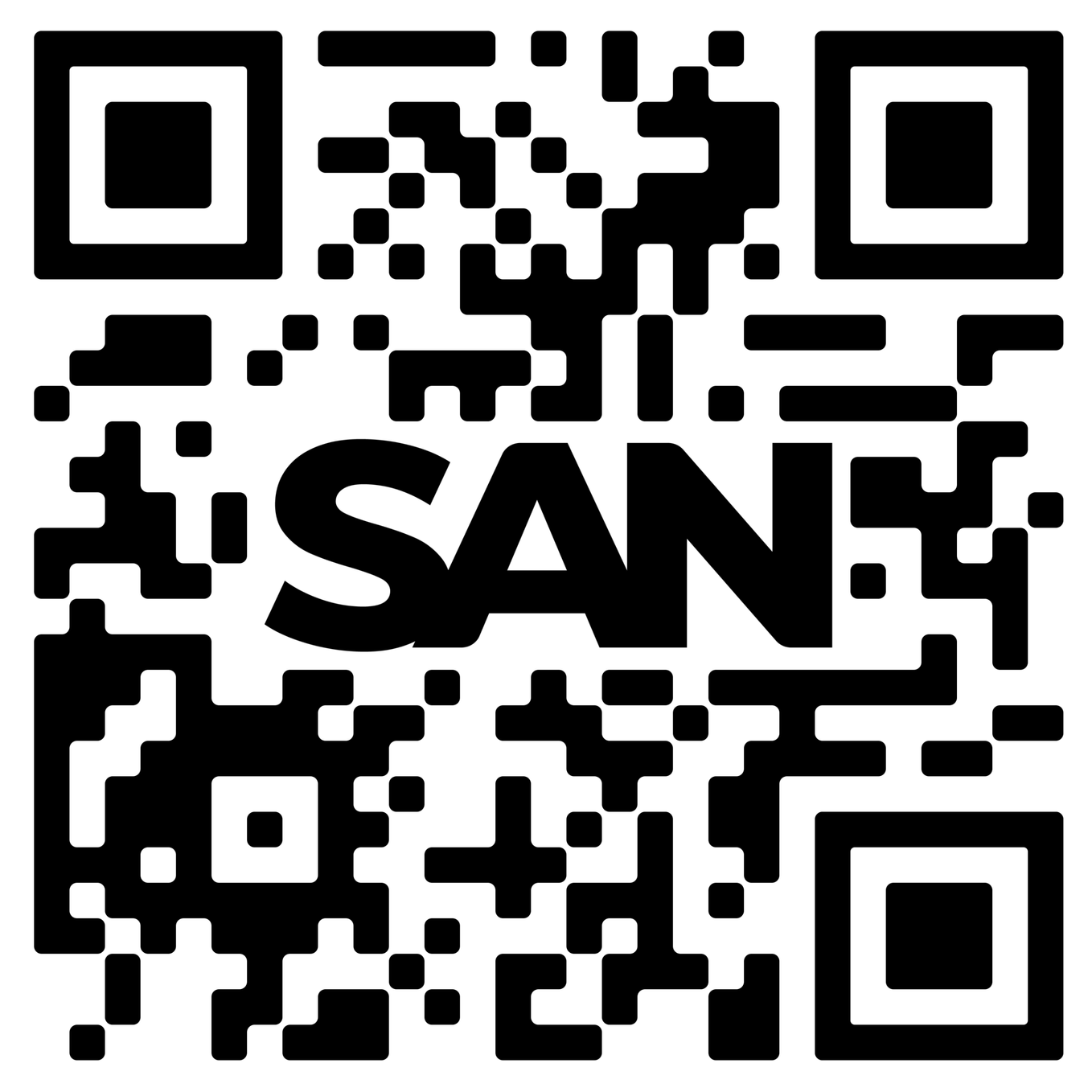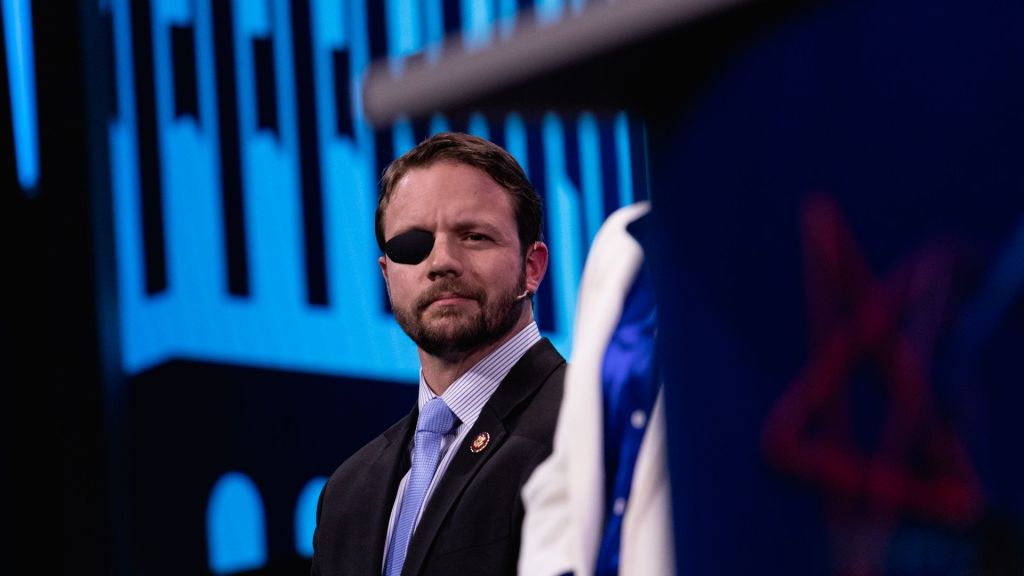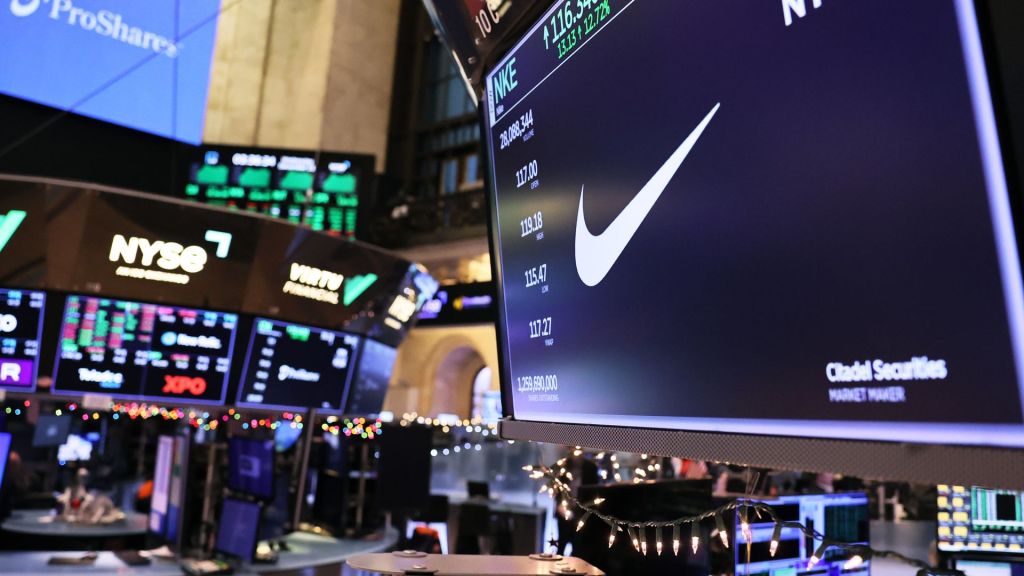
[Craig Nigrelli]
FLIGHTS DELAYED, PASSENGERS STRANDED, AND RUNWAYS SHUT DOWN— ALL BECAUSE OF A NEW RULE TIED TO THE PRESIDENT’S TRAVEL. THE FEDERAL AVIATION ADMINISTRATION HAS IMPOSED STRICTER AIRSPACE RESTRICTIONS AT WASHINGTON’S REAGAN NATIONAL AIRPORT FOLLOWING LAST MONTH’S DEADLY MIDAIR COLLISION.
THE NEW RESTRICTIONS SHUT DOWN RUNWAYS WHEN THE PRESIDENT FLIES IN OR OUT OF THE WHITE HOUSE ABOARD MARINE ONE, FORCING DOZENS OF COMMERCIAL FLIGHTS TO CIRCLE, DIVERT TO OTHER AIRPORTS, OR SIT THROUGH LONG DELAYS.
THE FAA SAYS THE CHANGES ARE NECESSARY FOR SAFETY, CITING LONG-STANDING CONCERNS ABOUT HELICOPTER TRAFFIC NEAR THE WHITE HOUSE. PREVIOUSLY, AIR TRAFFIC CONTROLLERS USED “VISUAL SEPARATION,” RELYING ON PILOTS TO SEE AND AVOID OTHER AIRCRAFT. NOW, THEY MUST USE “RADAR SEPARATION,” WHICH REQUIRES MORE DISTANCE BETWEEN PLANES AND HELICOPTERS.
FLIGHT TRACKING DATA SHOWS THAT ON FEBRUARY 14, WHEN PRESIDENT TRUMP LEFT FOR FLORIDA, ABOUT 30 AIRLINERS WERE HELD IN THE AIR, AND AT LEAST NINE DIVERTED TO OTHER AIRPORTS. THE FAA ISSUED A BULLETIN WARNING TRAVELERS TO EXPECT UP TO 60-MINUTE DELAYS. AMERICAN AIRLINES HAS WARNED PILOTS TO CARRY EXTRA FUEL TO ACCOUNT FOR POSSIBLE DELAYS.
PASSENGERS HAVE EXPRESSED FRUSTRATION. ONE AMERICAN AIRLINES FLIGHT WAS MINUTES FROM LANDING AT NATIONAL BEFORE BEING FORCED TO CIRCLE AND EVENTUALLY DIVERT TO DULLES. A PASSENGER DESCRIBED THE CONFUSION, SAYING TRAVELERS WERE WORRIED ABOUT MISSING CONNECTIONS AND SCRAMBLING FOR RENTAL CARS AND HOTEL RESERVATIONS.
THE WHITE HOUSE HAS NOT COMMENTED, AND THE MARINE CORPS SAYS IT IS FOLLOWING ALL FAA REGULATIONS. TRANSPORTATION SECRETARY SEAN P. DUFFY HAS ORDERED THE RESTRICTIONS TO REMAIN IN PLACE WHILE INVESTIGATORS CONTINUE TO EXAMINE THE JANUARY 29 CRASH.
FOR MORE OF OUR UNBIASED, STRAIGHT FACT REPORTING – DOWNLOAD THE STRAIGHT ARROW NEWS APP TODAY, OR LOG ON TO SAN.COM.











